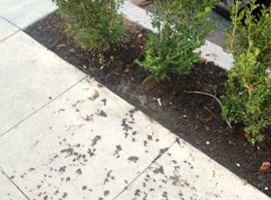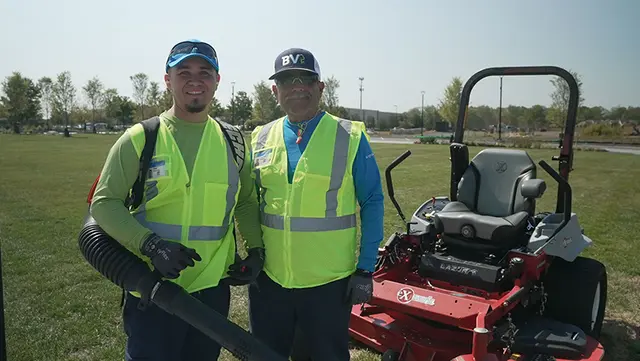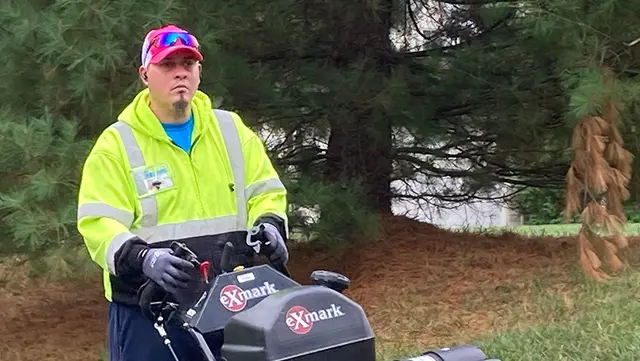8 Ways to Detect an Irrigation Leak
A small problem can quickly lead to larger complications for your landscape
The following geological signs can indicate a problem and, if you see any of them, you should investigate further.
Old Faithful

Unless you are drilling a well, water shooting up in the air is not a good sign. A hole in a mainline runs continuously and is usually obvious, but a broken irrigation head will only run when the irrigation zone runs its cycle. Since significantly more water is released from a broken irrigation head than a properly functioning one, it can lead to the next three symptoms.
Niagara Falls
If it is not raining, water flowing over a curb is a definite indication that you have a problem. Any irrigation water flowing over a curb signifies water being wasted and a sign of over-irrigation, a broken irrigation head, or poor drainage.
Mississippi Delta
If you remember learning about geology, you will recall that when the Mississippi River flows into the Gulf of Mexico, the sediment is deposited in an alluvial fan pattern. An alluvial fan pattern on a sidewalk or parking lot can be a sign that you have a broken irrigation head.
Grand Canyon
A broken irrigation head releases more water, which shoots up in the air and falls back to the earth with a substantial amount of destructive energy. Depending on the type of soil and vegetation in your landscape, this can cause erosion. If the start of the erosion is near an irrigation head, you should check to see if it is cracked, broken, or has a loose connection at the base.
The Grass is Green on the Other Side
Another sign that you have a problem is the appearance of darker green spots or taller grass around an irrigation head. When this occurs, the irrigation head is likely cracked, broken, or clogged. Green spots appearing away from an irrigation head are most likely not related to an irrigation problem.
Green, Slimy Curbs
If a slimy fungus starts to form on an adjacent curb, you may be significantly over-irrigating or have a slow irrigation leak. To check for a slow irrigation leak, read about "The Spins" below.
The Spins
If you have a separate irrigation meter or sub meter, you can use it to check for a slow irrigation leak. Simply open the box which houses the meter and look for a small, red or black dial or triangle. If it moves when your irrigation is not running, you have a leak.
Trickle Down Effect
If you notice a small amount of water steadily running out of an irrigation head long after the system has turned off, you may have a leaking irrigation valve. Most of the time, irrigation valves work well, but over time, the diaphragm or solenoid in an irrigation valve can fail or debris can block the diaphragm from fully closing.
Water Management Made Easy
Make it easy to find the water-saving solutions that are right for your property and budget. Plus, get professional advice on ways to reduce waste, recoup costs through savings, and take advantage of rebates where available.



